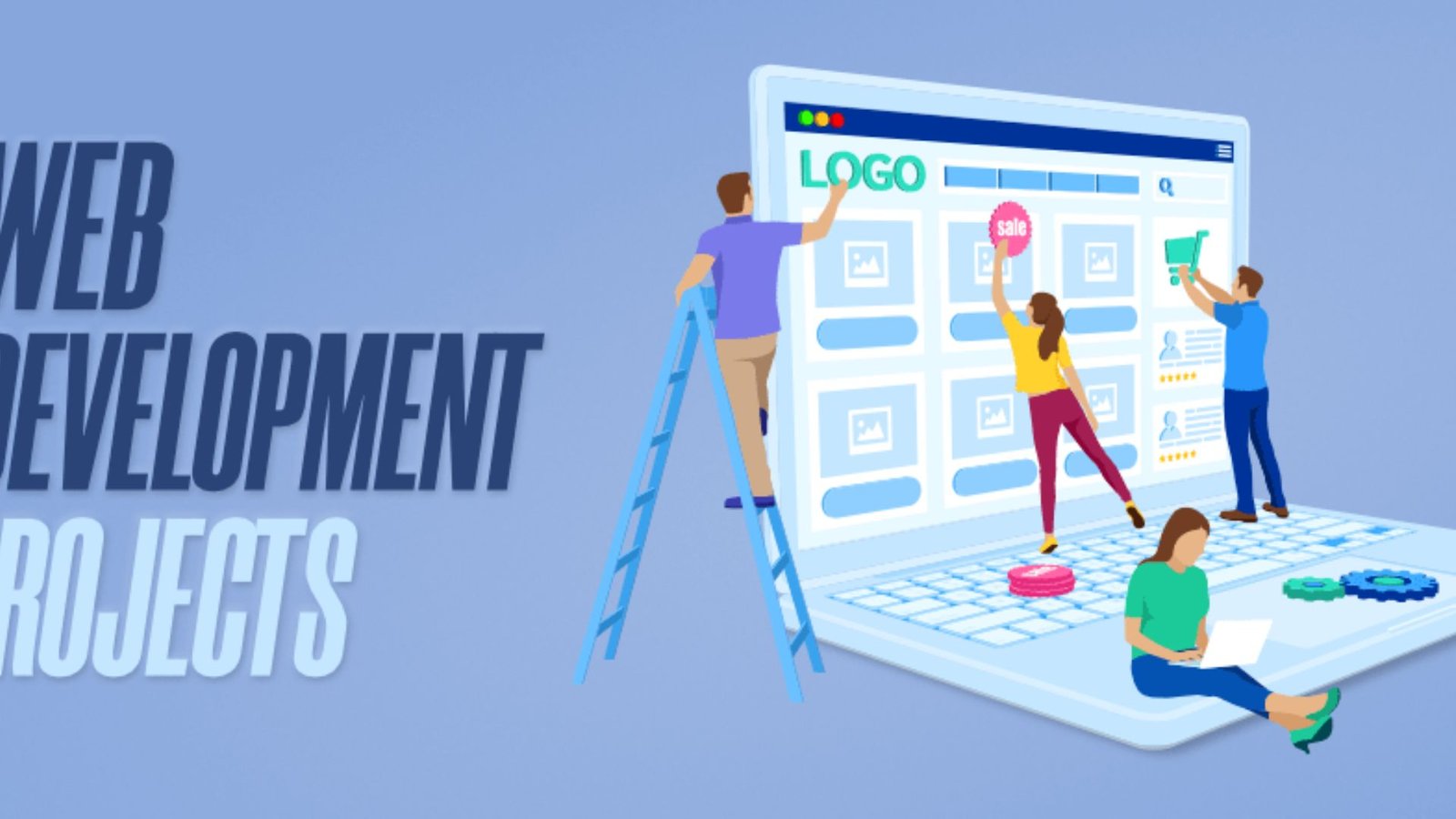User Experience (UX) is a key component of web development that significantly impacts how users interact with and perceive a website. A well-designed UX ensures that a website is not only functional but also enjoyable and intuitive for users. This guide explores the critical role of UX in web development and why it should be a top priority for developers.

1. Understanding UX in Web Development
What is UX?
User Experience (UX) refers to the overall experience a user has when interacting with a website or application. It encompasses everything from the ease of navigation and the clarity of content to the emotional response a user has while using the site. A positive UX leads to satisfied users, while a negative UX can drive users away.
Why UX Matters
A well-designed UX is crucial for several reasons:
- User Satisfaction: Good UX ensures that users find what they need quickly and efficiently, leading to higher satisfaction.
- Engagement: An intuitive and engaging design keeps users on the site longer and encourages them to explore more.
- Conversions: A seamless UX can lead to higher conversion rates, whether it’s making a purchase, signing up for a newsletter, or completing a contact form.
2. Key UX Principles in Web Development
User-Centered Design
User-centered design focuses on understanding and addressing the needs, preferences, and behaviors of users. This involves:
- Research: Conduct user research to gather insights into user needs and pain points. Methods include surveys, interviews, and usability testing.
- Personas: Create user personas representing different segments of your target audience. These personas help guide design decisions and ensure the site meets diverse needs.
Usability
Usability ensures that a website is easy to use and navigate. Key aspects include:
- Intuitive Navigation: Design clear and logical navigation menus to help users find information quickly. Use consistent labeling and logical grouping of links.
- Clear Calls to Action: Use prominent and descriptive calls to action (CTAs) to guide users towards desired actions, such as making a purchase or signing up for a service.
- Accessibility: Ensure that the website is accessible to users with disabilities by following accessibility guidelines and best practices.
Consistency
Consistency in design helps users become familiar with the website and navigate it more easily. Achieve consistency by:
- Design Patterns: Use consistent design patterns, such as buttons, colors, and fonts, throughout the site.
- Visual Hierarchy: Create a clear visual hierarchy to guide users’ attention to the most important elements on the page.
3. The Impact of UX on Web Development
Improved User Retention
A positive UX leads to higher user retention rates. When users have a pleasant experience on your website, they are more likely to return and recommend it to others. This contributes to long-term success and growth.
Enhanced Brand Perception
A well-designed UX reflects positively on your brand. It conveys professionalism, attention to detail, and a commitment to user satisfaction. A strong UX can differentiate your brand from competitors and build trust with users.
Increased Conversion Rates
A seamless UX can lead to higher conversion rates. By simplifying the user journey and reducing friction points, users are more likely to complete desired actions, such as making a purchase or filling out a contact form.
4. Incorporating UX into the Development Process
Collaboration Between Teams
UX should be integrated into every stage of the web development process. This involves collaboration between designers, developers, and stakeholders:
- Designers: Focus on creating user-friendly interfaces and conducting usability testing.
- Developers: Implement the design while ensuring that it functions correctly across different devices and browsers.
- Stakeholders: Provide feedback and insights to align the UX with business goals and user needs.
Iterative Design and Testing
UX design is an iterative process. Regularly test and refine your design based on user feedback and analytics. Key steps include:
- Prototyping: Create prototypes to test design concepts and gather feedback before final implementation.
- User Testing: Conduct usability testing with real users to identify issues and areas for improvement.
- Analytics: Use web analytics tools to track user behavior and measure the effectiveness of UX changes.
Keeping Up with Trends
Stay updated with the latest UX trends and best practices to ensure that your website remains current and effective. Trends to watch include:
- Mobile-First Design: Prioritize mobile design to cater to the growing number of mobile users.
- Voice User Interface (VUI): Incorporate voice interactions to enhance user convenience and accessibility.
- Personalization: Use data to personalize user experiences and provide relevant content.
5. Measuring UX Success
Key Metrics
Measuring UX success involves tracking various metrics to evaluate user satisfaction and performance:
- Bounce Rate: The percentage of users who leave the site after viewing only one page. A high bounce rate may indicate UX issues.
- Average Session Duration: The average time users spend on the site. Longer sessions often reflect a positive UX.
- Conversion Rate: The percentage of users who complete desired actions. A higher conversion rate indicates effective UX design.
User Feedback
Collect feedback directly from users to gain insights into their experience. Methods include:
- Surveys: Use online surveys to gather user opinions and suggestions.
- Interviews: Conduct one-on-one interviews to explore user experiences in detail.
- Feedback Forms: Include feedback forms on your website to allow users to share their thoughts easily.
Conclusion
The role of UX in web development is fundamental to creating successful, engaging, and user-friendly websites. By understanding UX principles, incorporating them into the development process, and measuring success, you can ensure that your website meets user needs and achieves business goals. Prioritizing UX leads to improved user retention, enhanced brand perception, and increased conversion rates, making it a crucial element of web development.



